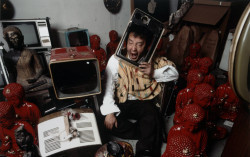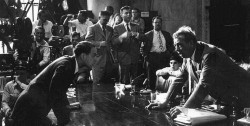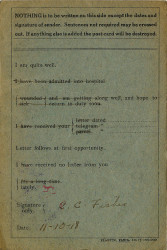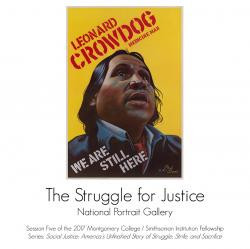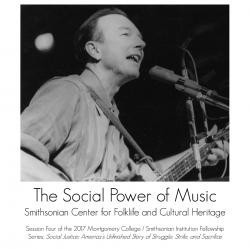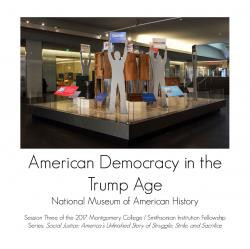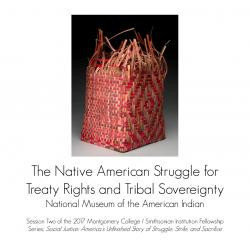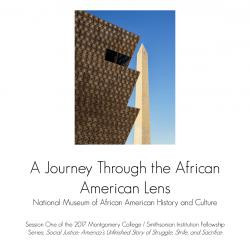Tess Porter
I'm the former User Experience Strategist at the Smithsonian Office of Educational Technology. Here, I focused on the use of digital museum resources to support teaching and learning. My work draws on my experience as a museum educator, digital analyst, usability researcher, and content designer. I hold a B.A. in Anthropology and a B.A. in Art History from University Colorado Boulder, and an M.S. in Museums and Digital Culture with an Advanced Certificate in User Experience from Pratt Institute.
Tess Porter's collections
Object Analysis: Hawaiian Flag Quilt
 Tess Porter
Tess Porter
Hawaiian Monarchs
 Tess Porter
Tess Porter
Japanese American Incarceration: Articles and Videos about Inmate Experiences
 Tess Porter
Tess Porter
Dong Kingman
 Tess Porter
Tess Porter
Immigration Policies and Legislation Affecting Asian Pacific Americans
 Tess Porter
Tess Porter
Asian Pacific Americans in Sports
 Tess Porter
Tess Porter
National Portrait Gallery’s Asian Pacific American Portraiture (Artists & Sitters)
 Tess Porter
Tess Porter
Letter Writing and Censorship in World War I
 Tess Porter
Tess Porter
Social Justice: National Portrait Gallery Resources
 Tess Porter
Tess Porter
Social Justice: National Museum of African American History and Culture Resources
 Tess Porter
Tess Porter
Social Justice: Opening Panel Resources
 Tess Porter
Tess Porter
How Are Robots Changing Human Life?
 Tess Porter
Tess Porter



